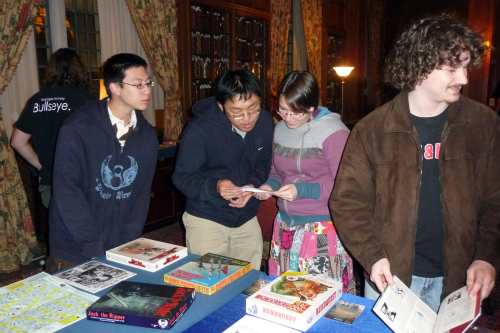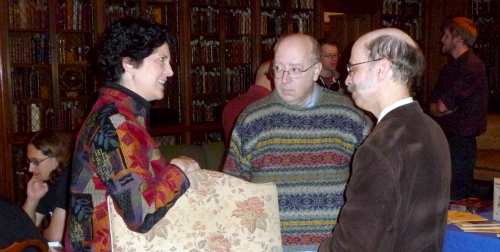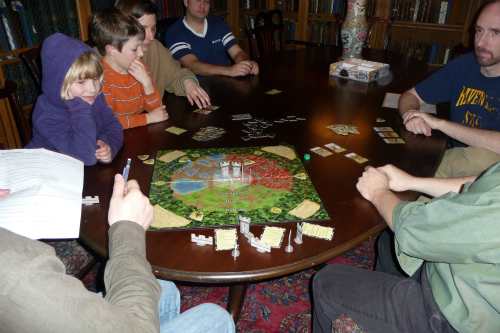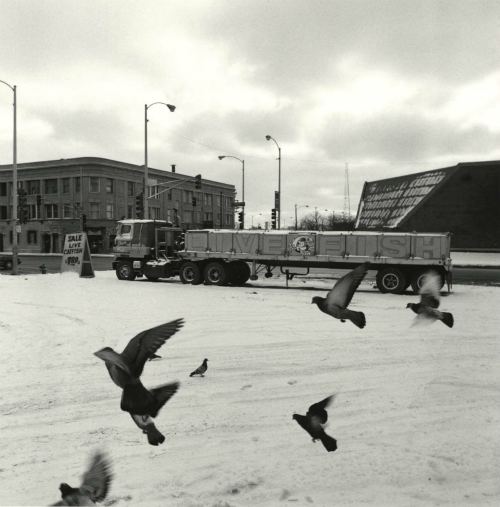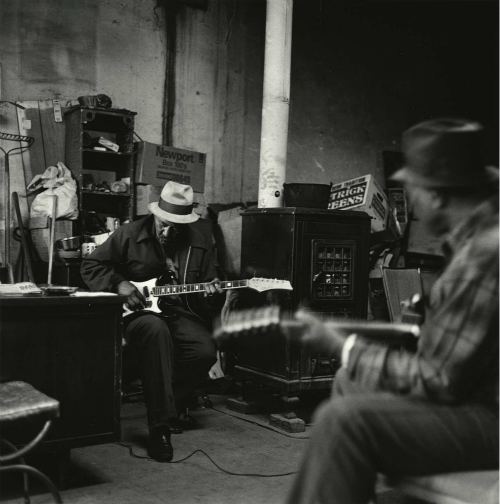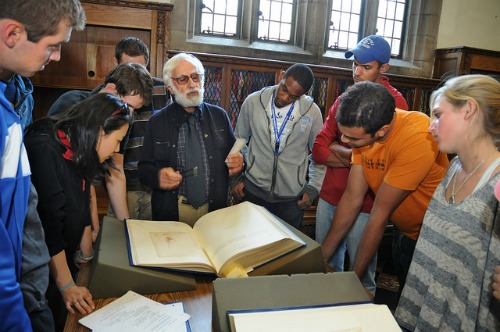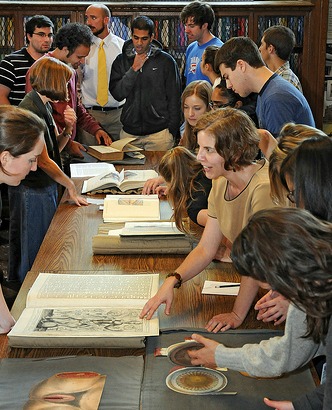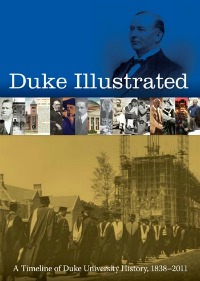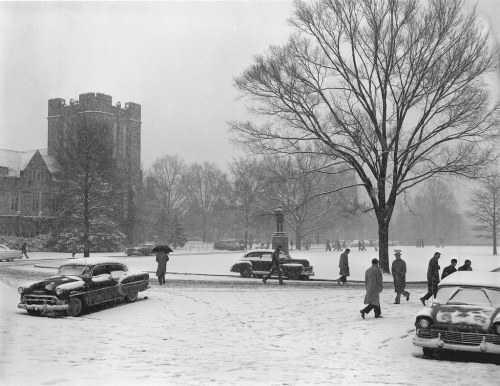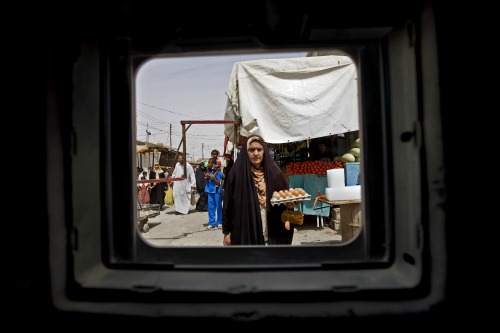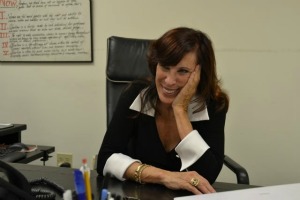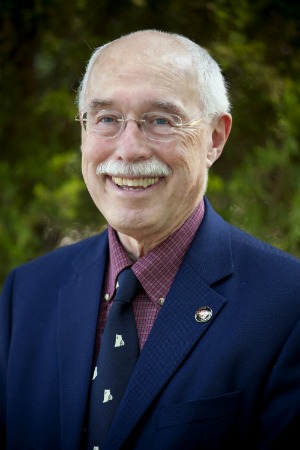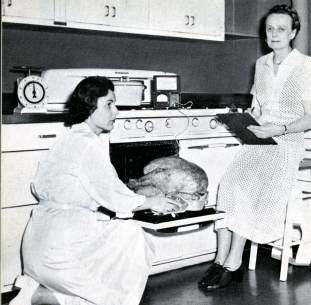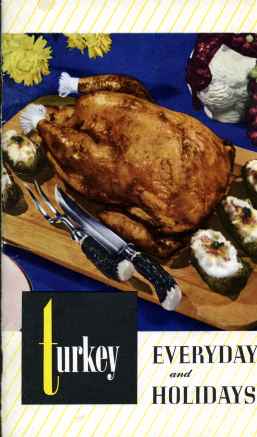Sorting through the unprocessed contents of an archival collection can be compared to a treasure hunt – sometimes you find an unexpected gem that produces an impromptu “ooh,” but then after the initial excitement wears off, you have to figure out what you’re actually looking at and then decide what to do with it.
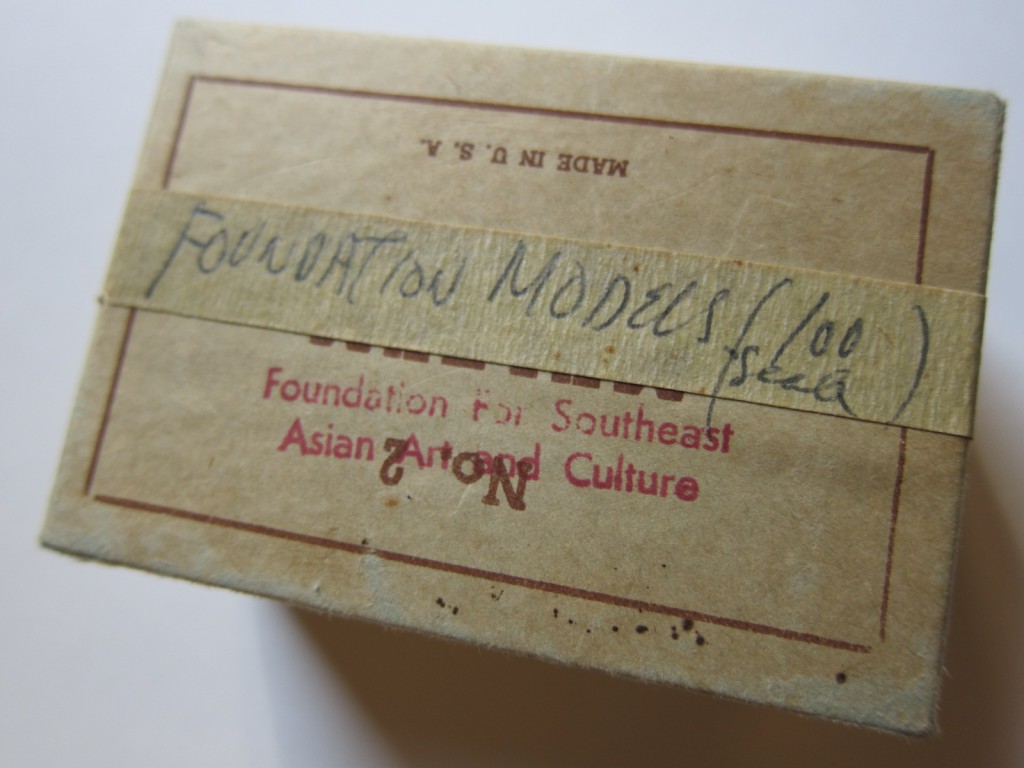
A small box marked “Foundation Models (100 scale)” found in one of the unprocessed boxes of the Foundation for Southeast Asian Art and Culture (SEAAC) records was one of those discoveries. Inside the box were fourteen miniature buildings, ranging from about ½ inch to 1¼ inches in size and elaborately constructed from a thin cardboard material. After a bit of investigative work using the other records in the collection, I found that the miniatures were part of a model of a Thai Village Complex that Doris Duke planned to build in Hawaii during the 1960s. The set of miniatures were quickly dubbed the “Tiny Thai Village.”

An avid world traveler, Doris Duke fell in love with the art and culture of Thailand during a trip to the country in 1957. It is likely that this visit inspired her to create a Thai village in Hawaii with houses similar to those she had seen. The establishment of SEAAC in June of 1961 resulted in a project that Doris Duke saw as a gift to the people of Hawaii, and one that occupied her for many years. At least five sites in Hawaii were considered for the Thai Village and it was the choice of an appropriate location that ultimately proved the stumbling block to completion of the project. Her dream of a Thai Village was never realized, however Doris Duke’s interest in Asia continued and she purchased art objects right up until her death in 1993.
Now that I knew what these miniatures were, I needed to determine how to make them accessible to researchers. As both the size and delicacy of the objects were obvious barriers, the need for expertise help in creating practical housing for the Tiny Thai Village was essential. Fortunately for the Rubenstein Library, we have a crack team of conservators who like a good challenge. To read how the puzzle of the Tiny Thai Village was resolved, see the Preservation Underground blog.
Post contributed by Mary Samouelian, Doris Duke Collection Archivist.



